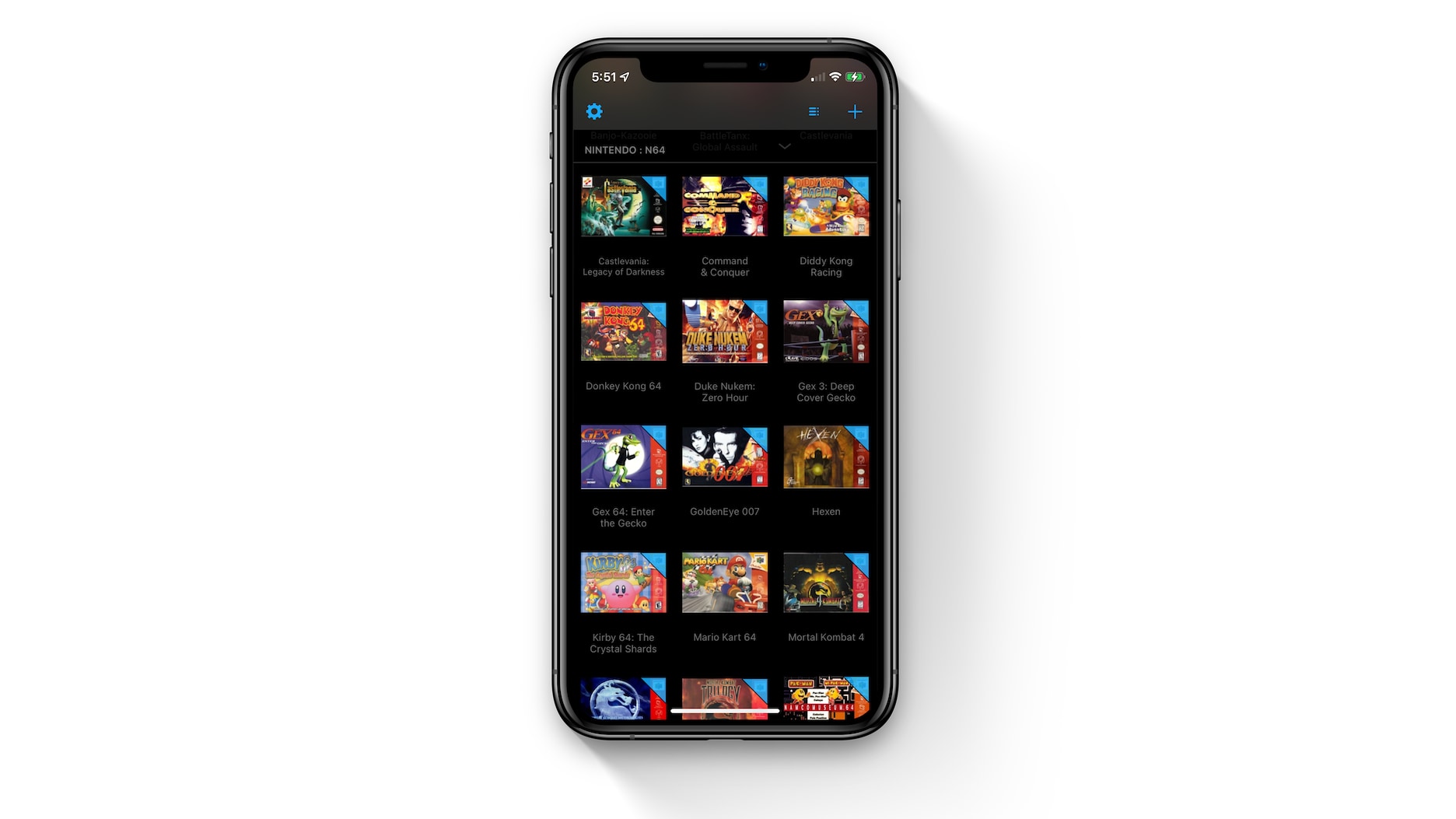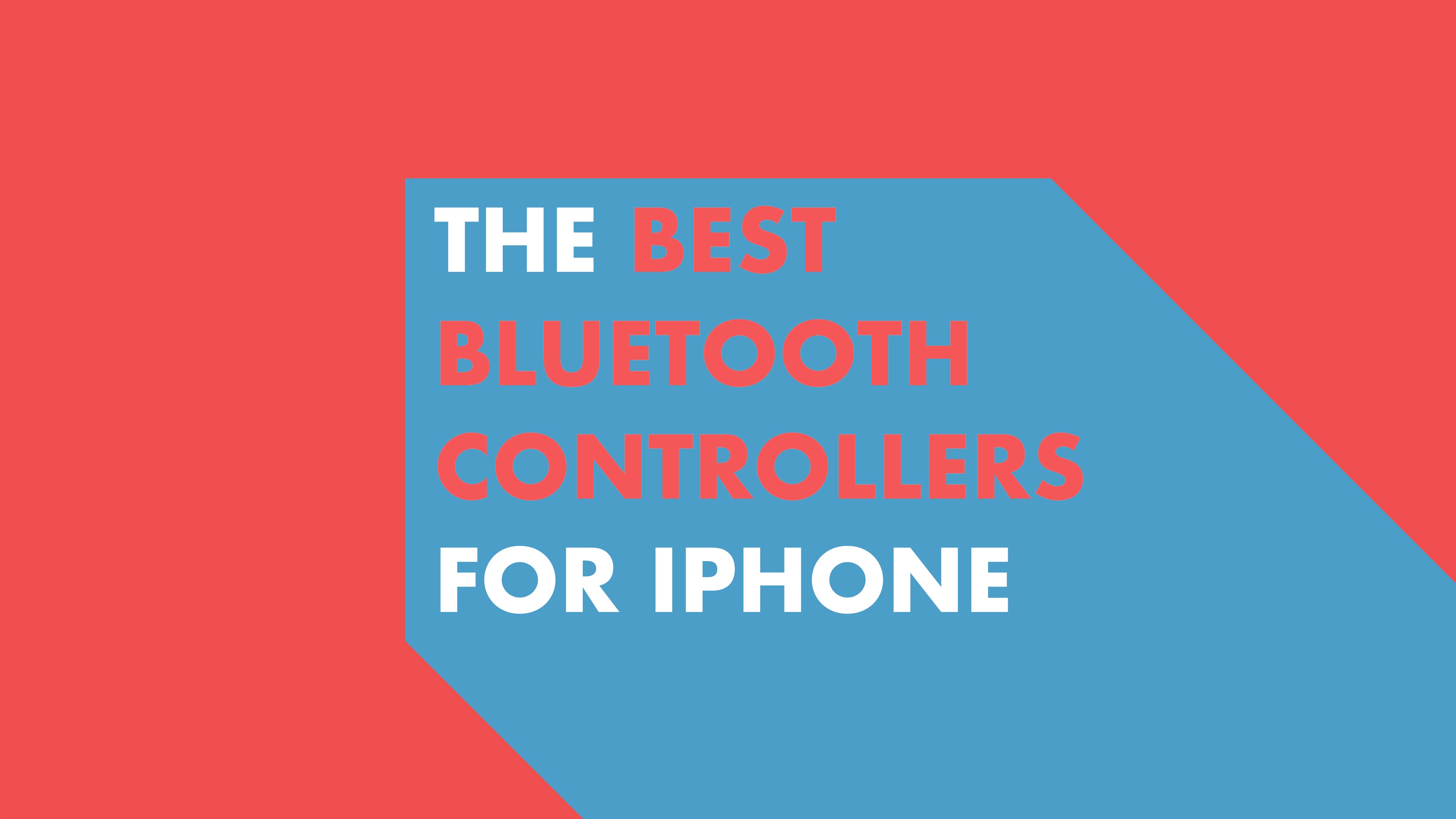Engineers at University of Michigan have developed a technology that would bring 3D touch-like features to most smartphones, without making any hardware modification.
Everything is just software
Dubbed ForcePhone, it works by using a phone’s microphone and speaker to create an acoustic detector, along with an accelerometer sensor to estimate motion and speed.
A smart algorithm combines the data to determine a force event on the display. Basically, a phone sends out inaudible tones at a frequency higher than 18 kHz, and then picks up how they’re reflected.
Although that frequency is outside the range of human hearing, an ordinary smartphone microphone can still pick up the vibration caused by the sound.
“When a user presses on the screen or squeezes the phone’s body, that force changes the tone,†researchers explain. “The phone’s mic can detect that, and the software translates any tone tweaks into commands.â€
In the video below, Yu-Chih Tung, a computer science PhD candidate at University of Michigan, talks about the technology.
Increasing the vocabulary between the phone and the user
“You don’t need a special screen or built-in sensors to do this. Now this functionality can be realized on any phone,†they wrote. “We’ve augmented the user interface without requiring any special built-in sensorsâ€.
As fun as ForcePhone is, I’m not entirely convinced that it can replicate the precision that only specialized hardware brings to the table. 3D Touch requires a hardware component to detect various degrees of pressure being applied to the screen.
With ForcePhone, a user can push a bit harder on a screen to unlock a menu of additional options, similar to right-clicking with a mouse, but that’s about it.




